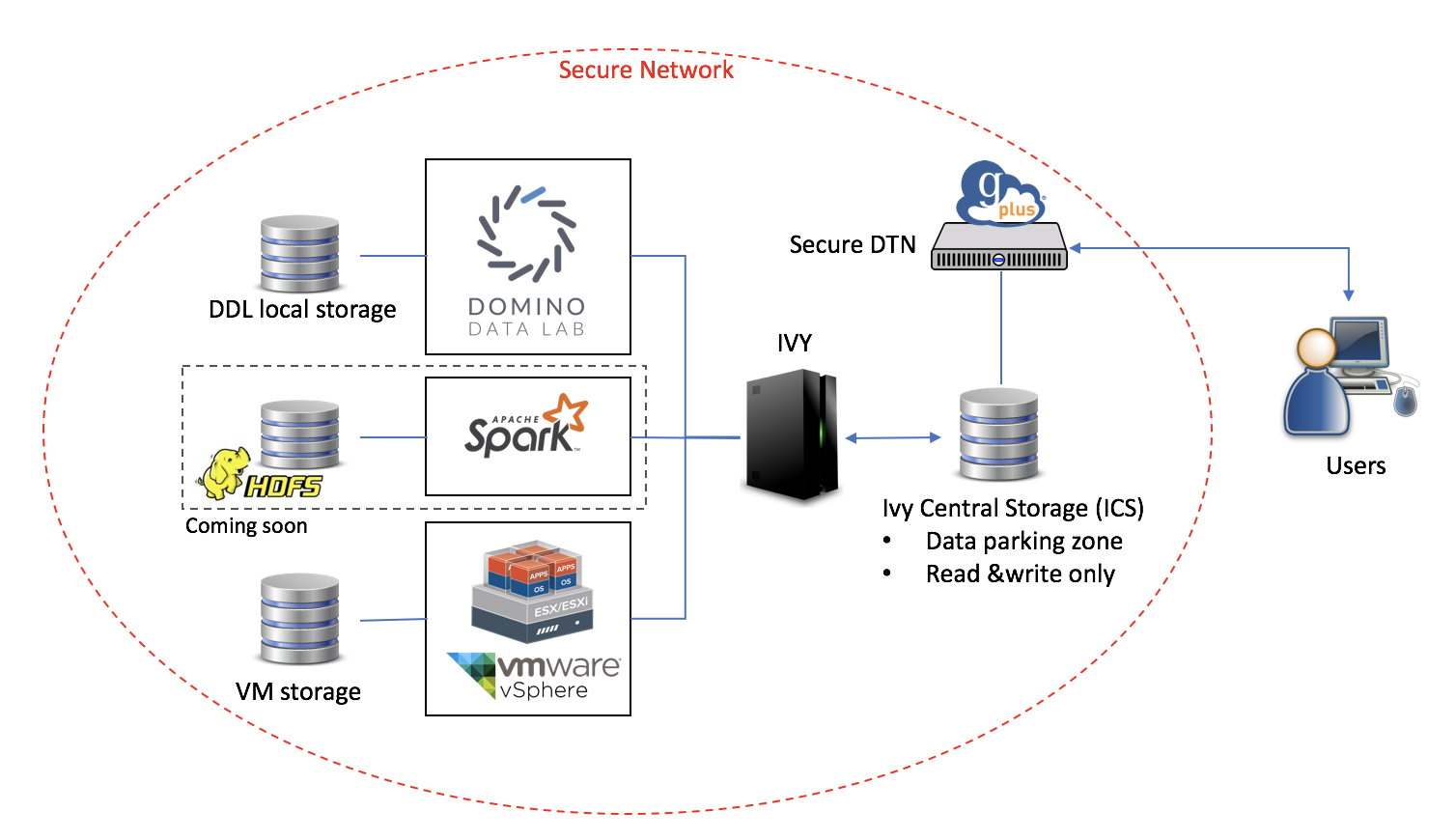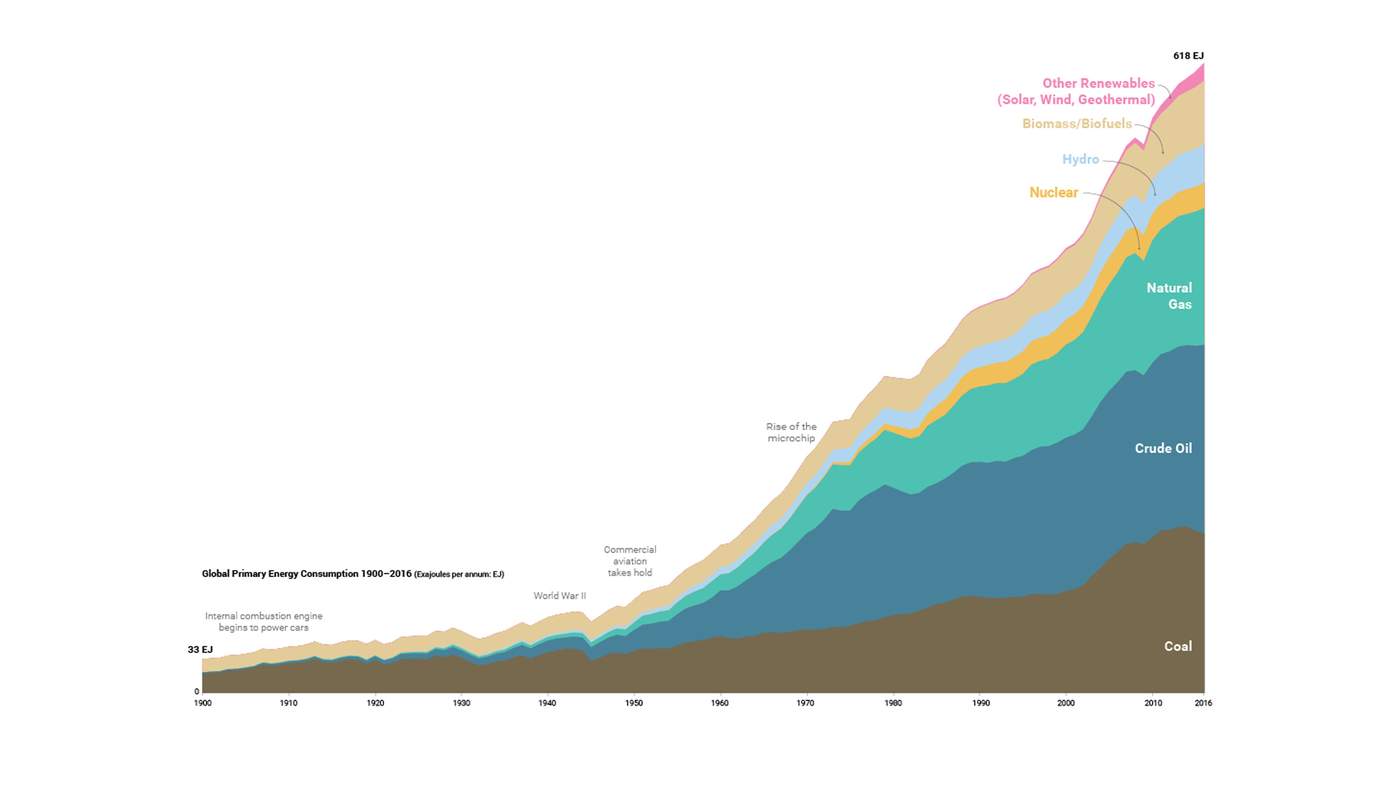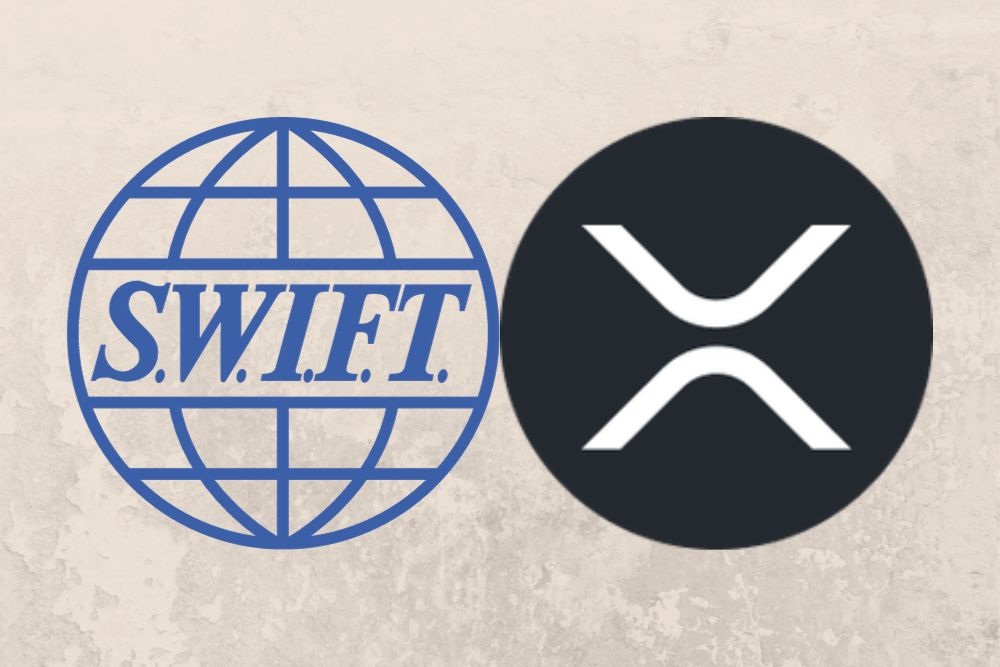Secure Data Transfer: Protecting Sensitive Information

Table of Contents
Understanding the Risks of Insecure Data Transfer
Insecure data transfer exposes sensitive information to a multitude of threats. Cybercriminals employ various tactics to intercept data during transmission, leading to significant consequences. These threats include: interception of data packets during transit, man-in-the-middle attacks where malicious actors insert themselves into the communication channel, and data leakage through unpatched software vulnerabilities or poorly configured systems.
Statistics paint a grim picture. Data breaches cost organizations millions, even billions, of dollars annually. The average cost of a data breach continues to rise, impacting not only the bottom line but also long-term sustainability.
- Data theft and financial losses: Stolen data can be used for identity theft, financial fraud, and other criminal activities, resulting in substantial financial losses for both individuals and organizations.
- Reputational damage and loss of customer trust: Data breaches severely damage an organization's reputation, leading to loss of customer trust and potential boycotts. This reputational damage can take years to overcome.
- Legal and regulatory penalties: Regulations like GDPR, CCPA, and HIPAA impose hefty fines on organizations that fail to adequately protect sensitive data. Non-compliance can lead to crippling financial penalties and legal action.
- Operational disruption and downtime: Data breaches often require significant time and resources to investigate and remediate, leading to operational disruptions and costly downtime.
Essential Methods for Secure Data Transfer
Several methods are crucial for establishing a robust secure data transfer system. These methods work in tandem to create a multi-layered defense against data breaches.
Encryption Techniques
Encryption is the cornerstone of secure data transfer. It transforms readable data (plaintext) into an unreadable format (ciphertext), protecting it from unauthorized access. Different encryption methods offer varying levels of security:
- AES (Advanced Encryption Standard): A widely used symmetric encryption algorithm offering strong security for data at rest and in transit.
- RSA (Rivest-Shamir-Adleman): An asymmetric encryption algorithm commonly used for key exchange and digital signatures.
- PGP (Pretty Good Privacy): A popular encryption method for securing email and files, offering both confidentiality and authentication.
- TLS/SSL (Transport Layer Security/Secure Sockets Layer): Protocols that provide secure communication over a computer network, commonly used for HTTPS websites.
Secure Protocols
Secure protocols ensure data integrity and confidentiality during transmission. Key protocols for secure data transfer include:
- HTTPS (Hypertext Transfer Protocol Secure): The secure version of HTTP, used for secure web browsing and communication. It utilizes SSL/TLS to encrypt data exchanged between a web browser and a server.
- SFTP (SSH File Transfer Protocol): A secure file transfer protocol that uses SSH (Secure Shell) for encryption and authentication. It provides a secure way to transfer files over a network.
- FTPS (File Transfer Protocol Secure): A secure version of FTP (File Transfer Protocol) that uses SSL/TLS or SSH for encryption.
Virtual Private Networks (VPNs)
VPNs create encrypted tunnels for data transmission, providing a secure connection even when using public Wi-Fi or unsecured networks.
- VPN for remote access and secure connections: VPNs allow remote users to securely access internal networks and resources.
- Site-to-site VPNs for connecting networks: VPNs can connect geographically dispersed networks, creating a secure private network between locations.
Best Practices for Secure Data Transfer
Implementing secure data transfer requires a multi-faceted approach, incorporating various best practices.
Access Control and Authentication
Restricting access to sensitive data is paramount. This involves:
- Implementing strong password policies: Enforce the use of strong, unique passwords and encourage regular password changes.
- Using multi-factor authentication (MFA): Require multiple forms of authentication, such as passwords, one-time codes, and biometric verification, to enhance security.
- Regular security audits and penetration testing: Conduct regular audits and penetration tests to identify vulnerabilities and weaknesses in your systems.
Data Loss Prevention (DLP)
DLP strategies and tools help prevent sensitive data from leaving the organization's control. This includes:
- Data encryption at rest and in transit: Encrypt data both when it's stored and when it's being transferred.
- Regular data backups and recovery plans: Implement robust backup and recovery plans to ensure business continuity in the event of a data breach.
- Employee training on data security best practices: Educate employees about data security threats and best practices to minimize human error.
Choosing Secure Data Transfer Solutions
Selecting the right tools and services is critical. Consider cloud-based solutions, dedicated transfer services, and other options based on your specific needs and security requirements. Evaluate factors such as encryption strength, authentication methods, and compliance with relevant regulations when choosing a solution.
Ensuring Secure Data Transfer for Peace of Mind
Implementing secure data transfer isn't a one-size-fits-all solution. It requires a layered approach, combining encryption, secure protocols, robust access controls, and a comprehensive DLP strategy. Ignoring these measures exposes your organization to significant risks, including financial losses, reputational damage, and legal penalties. By understanding and implementing the methods and best practices outlined in this article, you can significantly improve your data security and protect your valuable information. Invest in robust secure data transfer solutions today and safeguard your valuable data.

Featured Posts
-
 Navigating The Great Decoupling Challenges And Opportunities
May 08, 2025
Navigating The Great Decoupling Challenges And Opportunities
May 08, 2025 -
 Seged Slavi Tri Umf Nad Parizom Plasman U Chetvrtfinale L Sh Obezbe En
May 08, 2025
Seged Slavi Tri Umf Nad Parizom Plasman U Chetvrtfinale L Sh Obezbe En
May 08, 2025 -
 Leveraging Technology Ahsans Vision For Made In Pakistan On The World Stage
May 08, 2025
Leveraging Technology Ahsans Vision For Made In Pakistan On The World Stage
May 08, 2025 -
 Brazil Approves First Spot Xrp Etf Ripple Xrp News And Trumps Support
May 08, 2025
Brazil Approves First Spot Xrp Etf Ripple Xrp News And Trumps Support
May 08, 2025 -
 Xrp Price Surge Breaking Resistance And Reaching 3 40
May 08, 2025
Xrp Price Surge Breaking Resistance And Reaching 3 40
May 08, 2025
